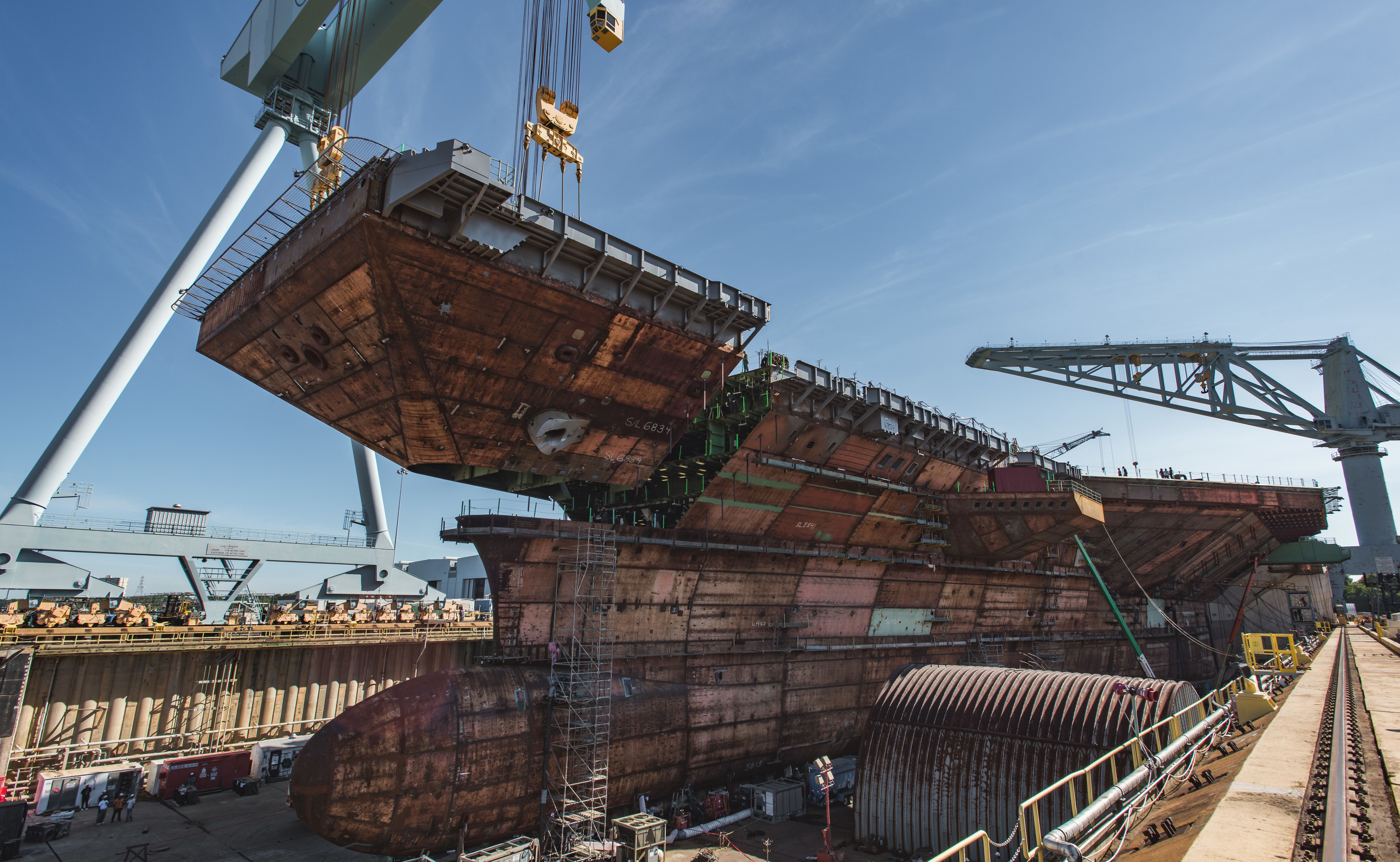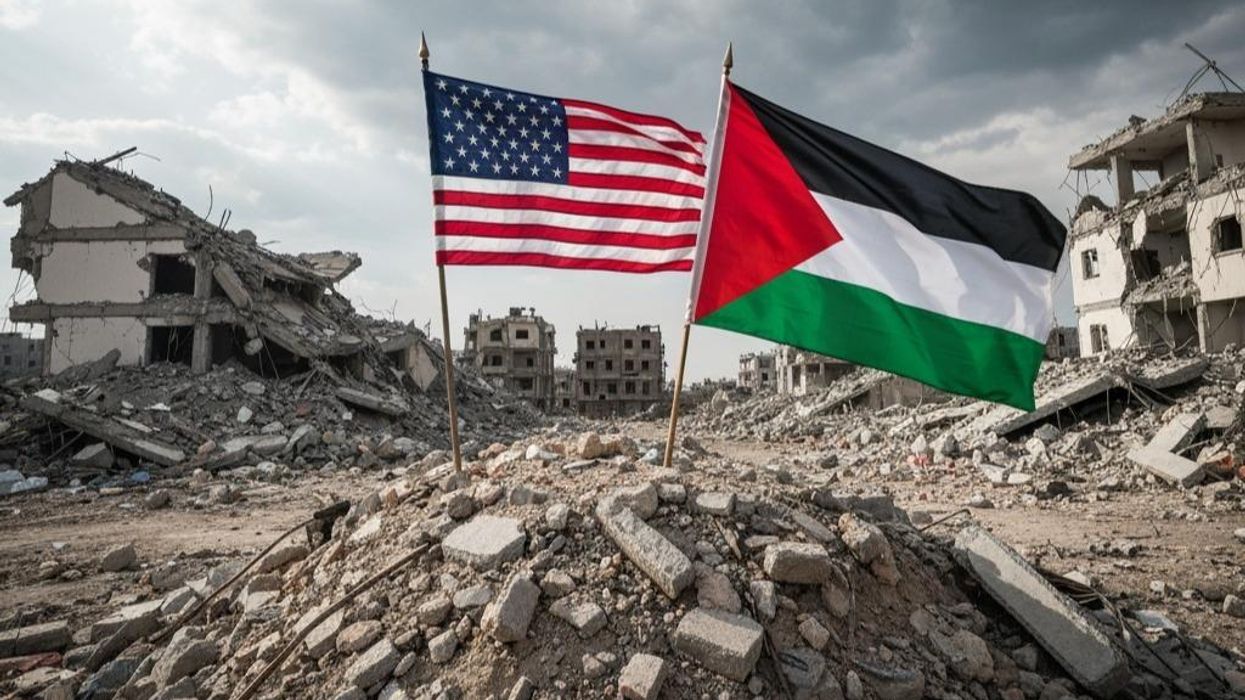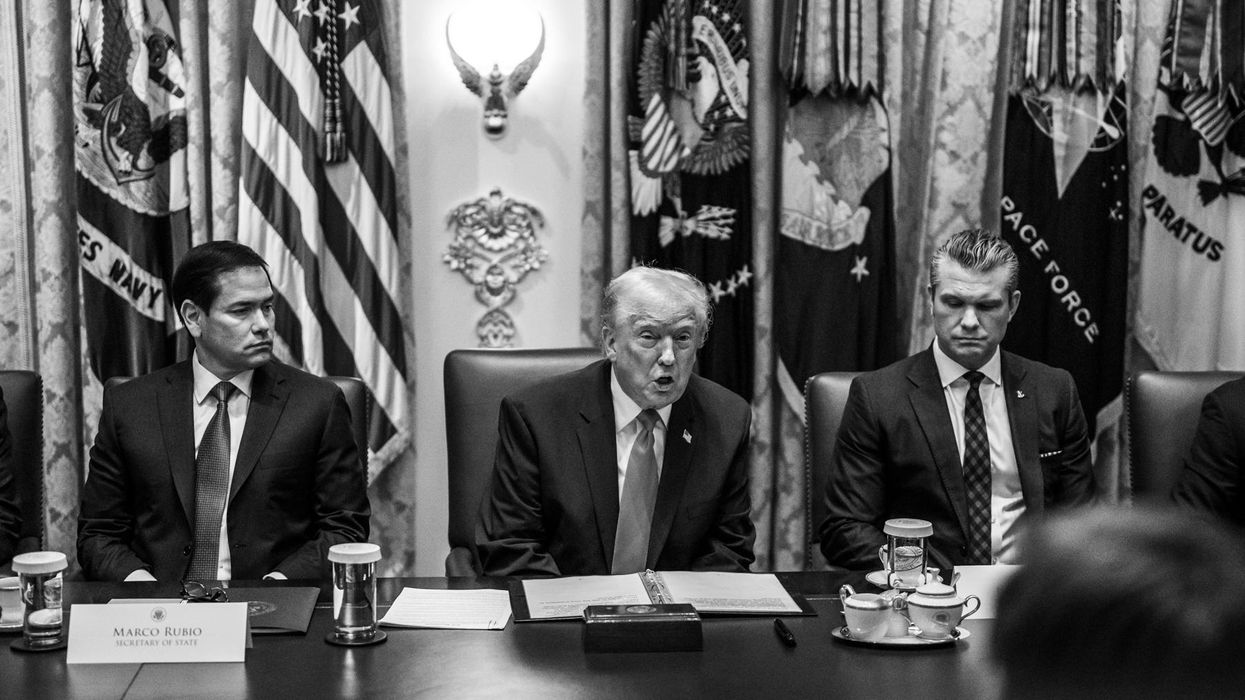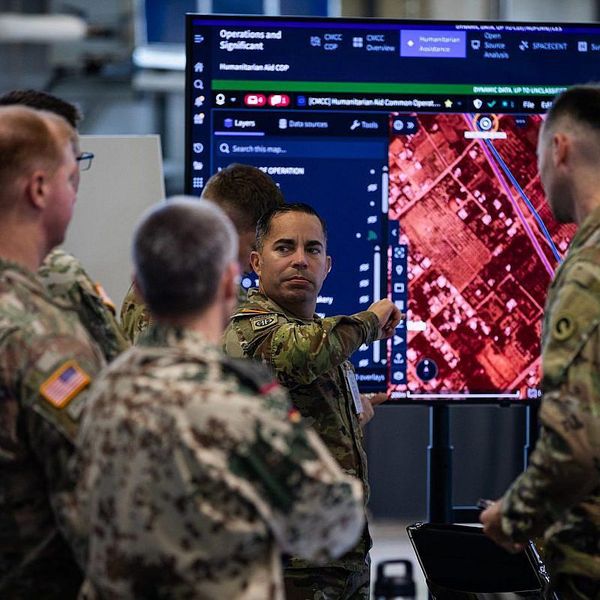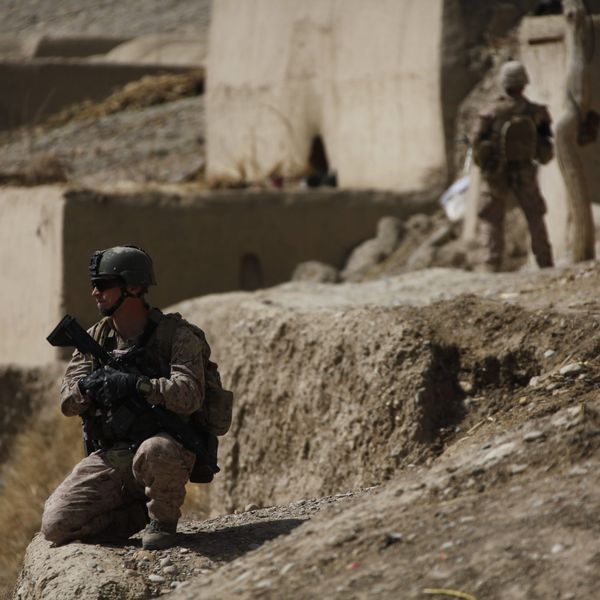“We are also going to resurrect the American shipbuilding industry, including commercial shipbuilding and military shipbuilding,” President Trump said during his March 6 joint address to Congress.
The president did not break new ground with the announcement. Virtually every year, Navy and industry leaders complain that the United States does not invest enough in the nation’s shipbuilding facilities. Yet according to the Congressional Budget Office, lawmakers have appropriated more shipbuilding funds than the president requested for at least 17 of the past 20 years. Even with the extra funds, the Navy’s major shipbuilding programs have consistently fallen behind schedule and over budget.
Over the next three years, the Navy plans on retiring 13 more ships than it will commission, shrinking the fleet to 283 ships by 2027. According to the Navy’s current plan, the fleet will grow to 515 crewed and uncrewed vessels by 2054. To reach that goal, the Congressional Budget Office estimates the Navy will spend more than $1 trillion, nearly $36 billion each year for the next three decades on shipbuilding alone.
It remains unclear if the Navy can realize its plan, even if Congress provides the funds. Ramping up naval construction is not simply a matter of resources. The Navy spent $2.3 billion between 2018 and 2023 to increase the capacity of the submarine shipyards. Despite this investment, the production rate for Virginia-class attack submarines decreased from around two boats per year to 1.2.
In just 10 years after the end of the Cold War, the number of skilled shipyard workers shrank from 62,000 to 21,000. The number of workers has increased since 2001, but shortages remain. During a 2024 symposium, the director of the Navy’s Submarine Industrial Base Program said the United States needs to hire 140,000 workers just to meet the needs of the current submarine building program.
One of the best ways for the Navy to ease the current shipbuilding struggles is to pursue better ship designs. The constant pursuit of exquisite technology and excessively complex ship designs results in longer construction times. The insidious practice of concurrency — beginning construction of a ship before the design is complete — causes further delays. As design flaws are discovered during construction, workers must go back and re-do already completed work. These often require extensive retrofitting, consuming substantial time and money. With limited shipbuilding facilities, longer construction times create a backlog that only exacerbates industry’s ability to meet demand.
Navy leaders could provide some relief to the haggard shipyards by simplifying ship designs. Simplicity should always be a key design parameter in any weapon program. Designs based on proven technology can be developed and built faster. An acquisition strategy that prioritizes simplicity will keep the Navy and other services one step ahead of obsolescence.
Navy leaders should have learned this lesson from the Littoral Combat Ship debacle. That program was intended to be the small surface combatant of the future with a complicated modular design to swap out specialized equipment for different missions. Engineers could not get that gimmick to work properly, and the scheme was eventually abandoned. The program has been beset by a string of embarrassing maintenance failures and questions about its combat survivability. The Navy is now in the process of retiring these troublesome ships. The Littoral Combat Ship program’s only milestone achievement is joining the mothball fleet early.
Before throwing more money at the shipbuilding problem, the nation’s civilian and uniformed military leaders should first change their acquisition strategy to lessen the burden on the overworked shipyards already devoted to naval warships. The Congressional Budget Office recommended the Navy develop a missile corvette that can be built by the nation’s other shipyards. The Navy has used a similar approach of licensing designs to commercial shipbuilders in the past to meet its shipbuilding goals to great effect. The idea has merit today because doing so would expand both the size of the fleet and the industrial base.
The Navy’s challenges didn’t crop up overnight, and they won’t be solved overnight. Another infusion of taxpayer money is unlikely to resolve the shipbuilding industry’s capacity limits.
